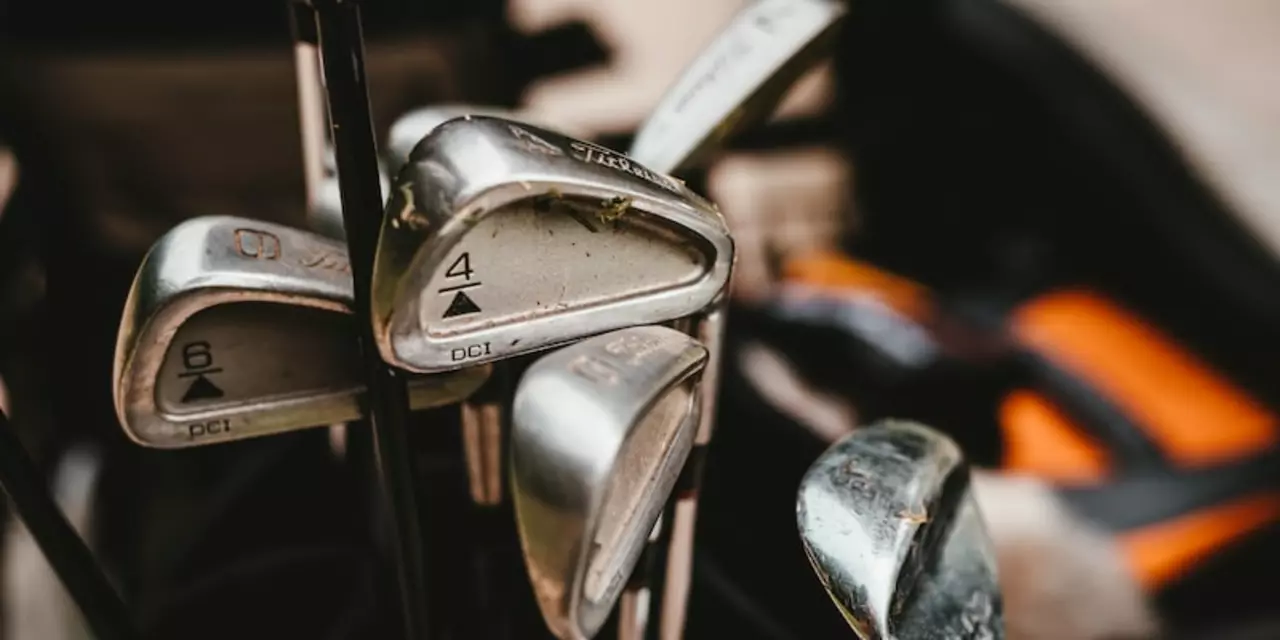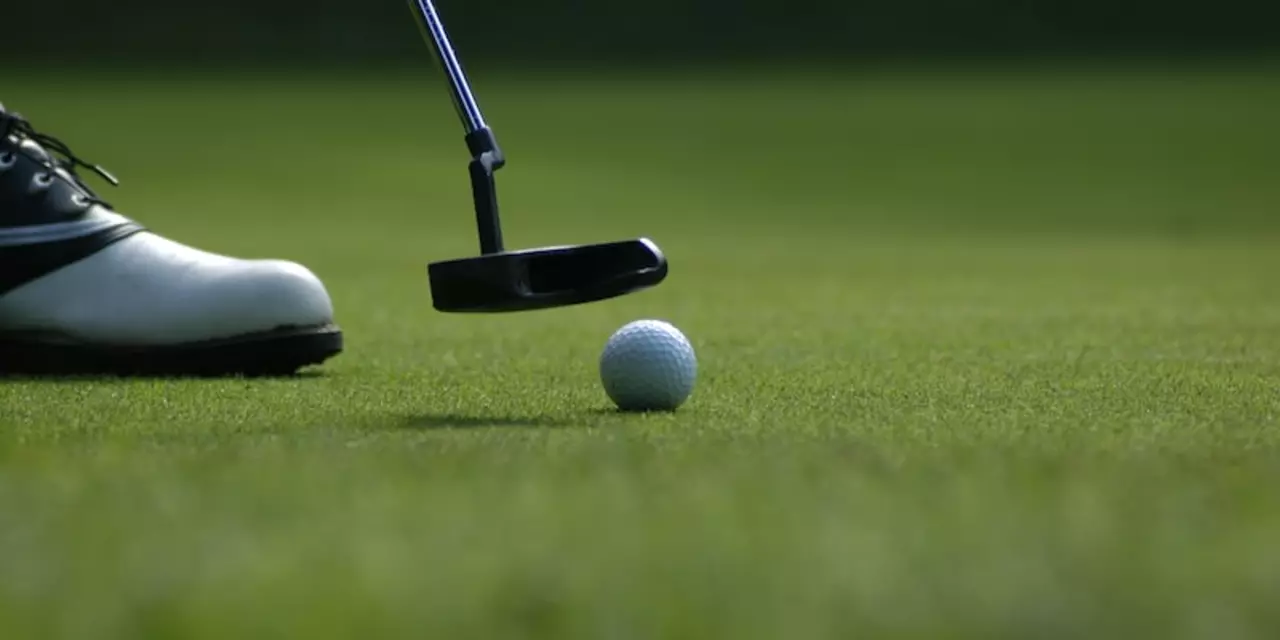Golf – Tips, Gear, and Events
When talking about Golf, a sport where players use clubs to hit a ball through a series of 18 holes on a course. Also known as golfing, it blends skill, strategy, and a love of the outdoors. Golf attracts beginners, pros, and casual fans alike, and it fuels a whole ecosystem of gear, venues, and competitions.
Key gear and venues shaping the game
One core pillar is golf clubs, the primary tools used to strike the ball, ranging from drivers for maximum distance to putters for precision on the green. Next up, golf carts, motorized or electric vehicles that move players around the course, often required by clubs for pacing and accessibility. Finally, golf tournaments, organized competitions like the Masters that showcase elite talent and draw global audiences are the sport’s headline events. Together these elements create a network where equipment, regulation, and spectacle influence each other.
For anyone just picking up a club, the learning curve narrows when you focus on three beginner-friendly clubs: the 7‑iron for versatile mid‑range shots, the putter for controlling the final roll, and the driver for those exciting tee‑off drives. Mastering these tools builds confidence and prepares you for more advanced sets. Modern clubs often incorporate lightweight alloys and adjustable weights, letting players fine‑tune performance without a tech degree.
Beyond the traditional course, mini golf offers a playful twist. Today’s courses blend neon lighting, interactive sensors, and themed obstacles while keeping the core aim—getting the ball into the hole—in place. This evolution shows how the sport adapts to new technology without losing its family‑friendly vibe.
Major tournaments add another layer of excitement. The Masters, for example, is famous for its iconic Amen Corner and offers prime viewing spots at holes 11, 12, and 13. Fans also love the 16th "Redbud" and the final stretch at 18th "Holly" where the drama peaks. Understanding seat selection helps visitors soak up the action and appreciate the skill on display.
Regulations matter, too. In places like Key West, you can drive a personal electric golf cart on public roads if you’re 16, have a license, and meet street‑legal standards. Similar rules apply worldwide, shaping how clubs and carts are used off the course. Staying aware of local guidelines ensures a safe, hassle‑free experience whether you’re cruising a resort’s fairways or navigating a city street.
Below you’ll find a curated collection of articles that dive deeper into each of these topics—gear reviews, tournament guides, beginner tips, and the latest trends in mini golf and electric carts. Browse the posts to sharpen your game, pick the right equipment, or plan your next tournament outing.

What are some of the best golf courses in California?
California is truly a golfer's paradise, boasting some of the finest golf courses in the world. Pebble Beach Golf Links, for example, is a breathtakingly beautiful course with stunning ocean views. Another notable mention is the Cypress Point Club, known for its challenging layout and spectacular coastal scenery. Courses like Torrey Pines and Spyglass Hill are also top-tier, offering excellent playing conditions and unique landscapes. Whether you're a pro or a beginner, these courses in California provide an unforgettable golfing experience.

Why does golf shaft stiffness matter?
Golf shaft stiffness is an important factor in the performance of a golf club. It affects the accuracy of shots and the distance the ball travels. Shaft stiffness also affects the feel of the club in the golfer’s hands. Shafts come in different flexes to suit different players and their swing speeds. Faster swingers need stiffer shafts to get the most out of their clubs, while slower swingers do better with more flexible shafts. It's important to choose the right shaft stiffness for your game to ensure the best performance from your clubs.

What is the beginner's guide to buying a new golf club set?
This article provides a comprehensive overview of the factors one should consider when purchasing a new golf club set. It explains the types of clubs available, the importance of fit and how to select the appropriate clubs. It also offers advice on buying pre-owned clubs and how to save money by purchasing a complete set. Finally, the article provides tips on how to care for golf clubs and how to test them on the course. In summary, this article provides an informative guide on how to buy a new golf club set, outlining the types of clubs, fit and care considerations, and cost-saving tips.

What does it mean to miss the cut in golf?
Missing the cut in golf is a term used to describe a golfer's performance that is not good enough to qualify for the next round of a tournament. It is typically determined by the total score for the first two rounds of the tournament. If a golfer’s score exceeds the cut line, they are eliminated from the tournament and are said to have missed the cut. Missing the cut can be a disappointing result for any golfer, as it means that they will not compete for a prize or for further recognition. However, it can also be a valuable learning opportunity for aspiring golfers who can use it to gain insight into their game and to make the necessary adjustments to improve their performance.